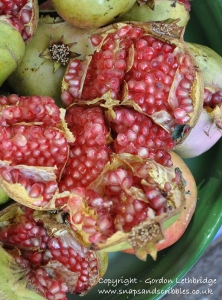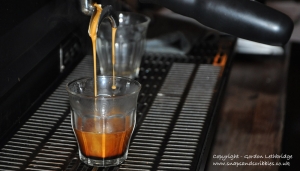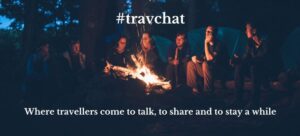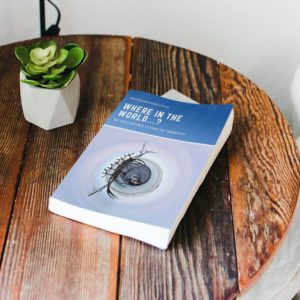Muscat
The aroma of frankincense filled the air the moment I entered the Mutrah Souq in Old Muscat. It is the oldest preserved souq in Oman; there has been a souq on the site for over 1000 years and I wanted to explore it. The grand entrance was left behind as I was soon swallowed up by the hustle and bustle of the market and the all pervading scent of frankincense.
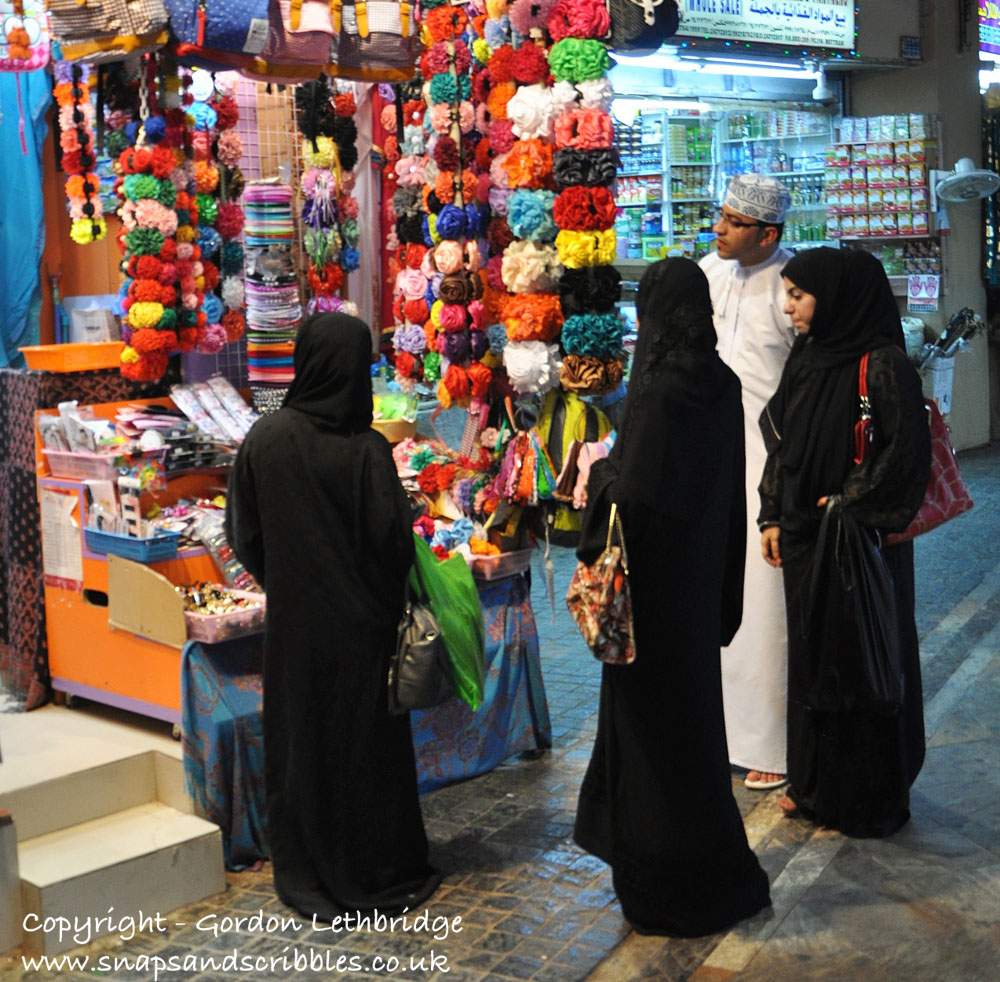
In years gone by the mass of humanity in the narrow passages and tiny shops meant that frankincense was needed. It covered the unpleasant smells of the tight foetid streets filled with traders and their customers. There would have been no sanitation, just open drains with putrifying rubbish and other unmentionables. The heat of the Arabian sun would have only exacerbated the unpleasantness atmosphere of the place. With out the burning franckincense a trip to the market woud have been a thoroughly unpleasant business.
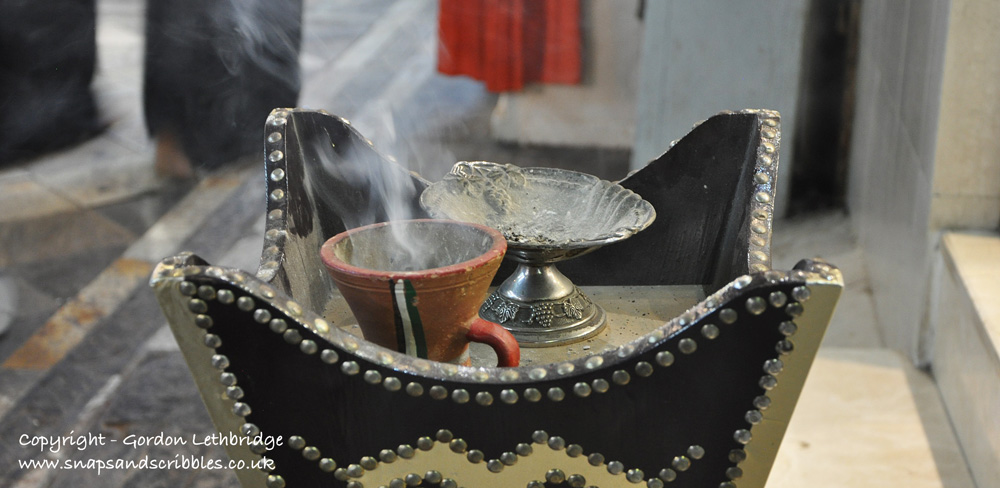
Today however it pervades the whole souq with its pleasant and rather distinctive scent. Its purpose? I can only think it is to make a visit to the souq as pleasant as possible. Tailors and cloth merchants allow the thin veil of smake to drift across their goods. It permeates the cloth and gives a pleasant and delicate smell to any purchases. This was after all the way they would freshen clothes before the days of washing machines and sweet smelling fabric softeners. The only way to rid your clothes of the smell of several days wear in a land where water was scarce was to hang them on an A-frame with a franckincense burner beneath.
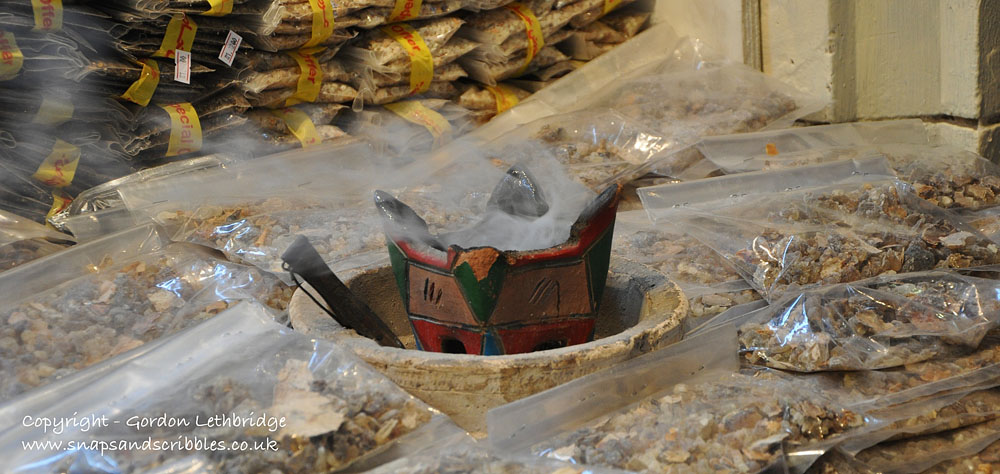
The franckincense burners are ubiquitous and have changed little in their basic structure over the millennia. The precious resin is produced in the south of Oman and Yemen across the border and is widely availabe everywhere in the country. Both the burners and the francinkcense resin are available in the Mutrah souq.
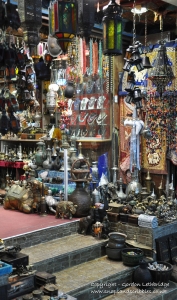
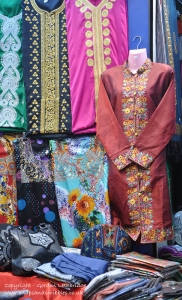
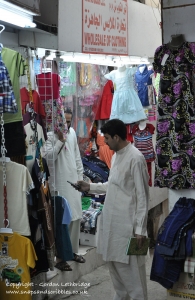
Wandering further into the souq I had a feeling I was going to get lost. The main throughfare was crowded with shops either side selling all manner of things from trinkets, household wares, cloths, shoes and headgear. There were stalls selling perfumes for the many elegant, black clothed women dressed modestly in their burqahs, to stalls selling the latest European soccer shirts (at a price that indicated they were fakes). In the mix were gold sellers with a huge display of jewellry. Off the streets were tiny narrow passages that snaked into the heart of old Muscat. This warren of passages, crammed with merchants were all part of the souq I had set out to explore.
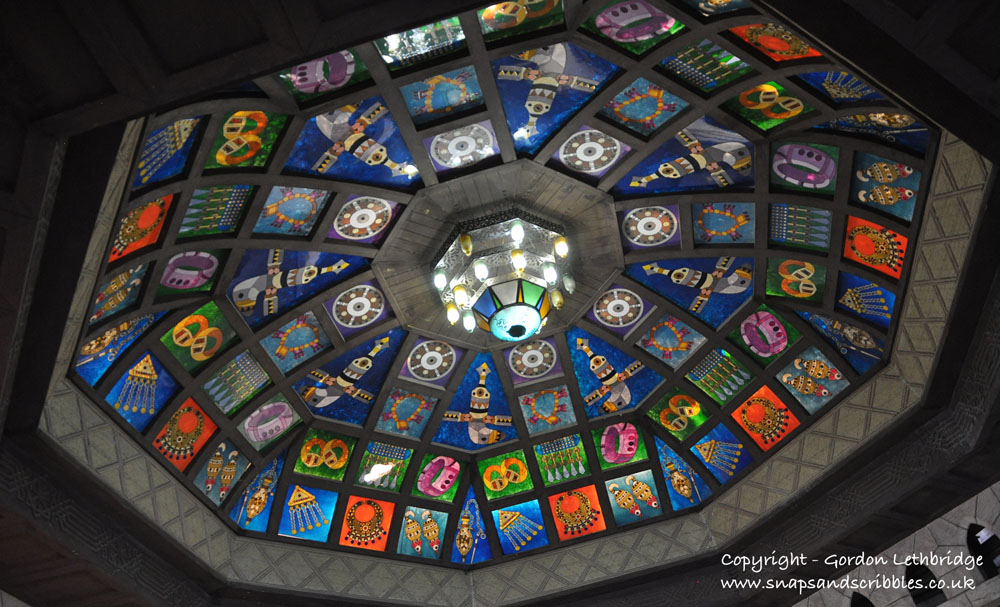
There are a couple of plazas in the souq; basically where several passageways and streets meet. They are a welcome relief from the press of humanity and place where people meet. It was the beauty of their decorated ceilings that struck me. Both were quite unexpected in the melee of the souq.
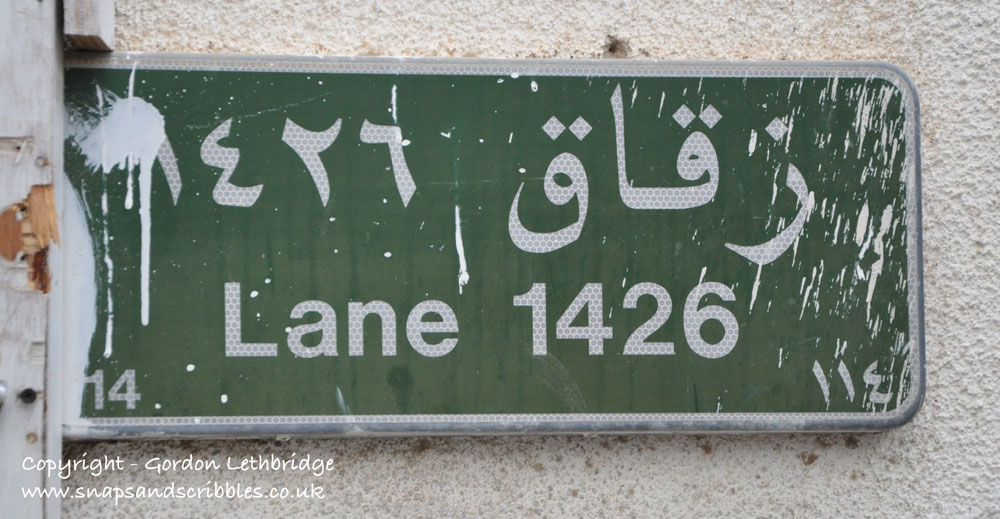
I turned down one of these passages in the full knowledge I was going to get lost but knowing, that in Oman I would be safe. Safe from harm and from the constant and persistant hassle from traders I had experienced in North African and other Middle Eastern countries. I had seen glimpses of a minaret and thought it would be handy for getting my bearings. I also reckoned on always taking a right turn would eventually bring me back to somewhere I recognised.
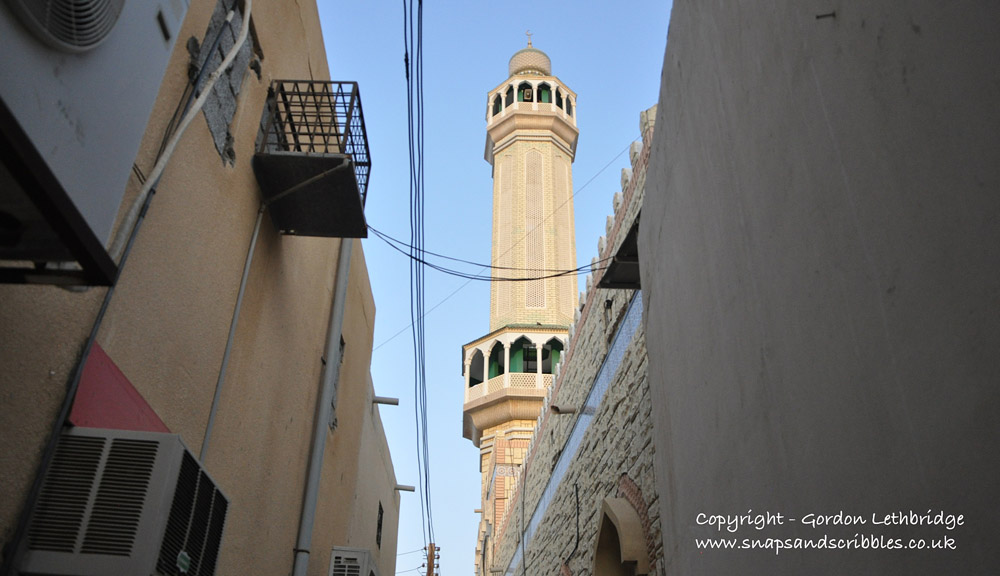
As I wandered fascinated through the maze of tiny streets it was obvious that anything and everything you could possibly want other than food was available. There were monstrous catering-for-a-crowd size cooking pots to tiny intricate gold and silver jewellry designed and made on the premises.
As with any other shopping experience the women, often in groups strolled through the souq stopping to discuss the merits of the merchandise, feeling the quality of the wares and occasionally haggling with the vendor. The men on the other hand strode purposefully through the market intent on purchasing exactly what they had come to the souq for. Muscat or London; Mutrah Souq or Westfield, it’s the same everywhere.
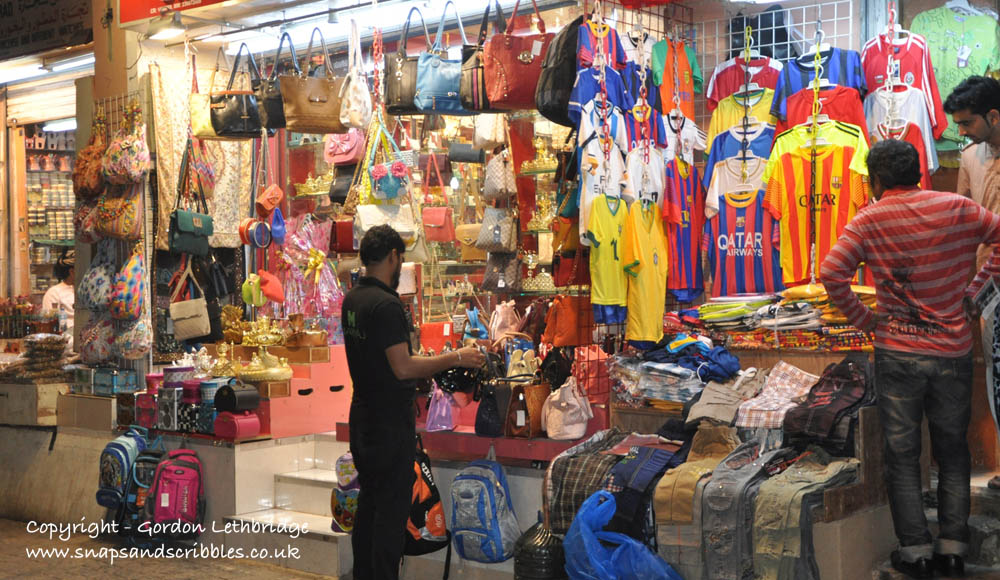
Although crowded and hot, the Mutrah Souq was a pleasant and relaxed experience. I could enjoy the experience and even stopped for a relaxing iced mint and lemon tea. The traders may try to grab your attention but not you. It is a place to experience the gentler hospitable side of Arab culture.
Nizwa
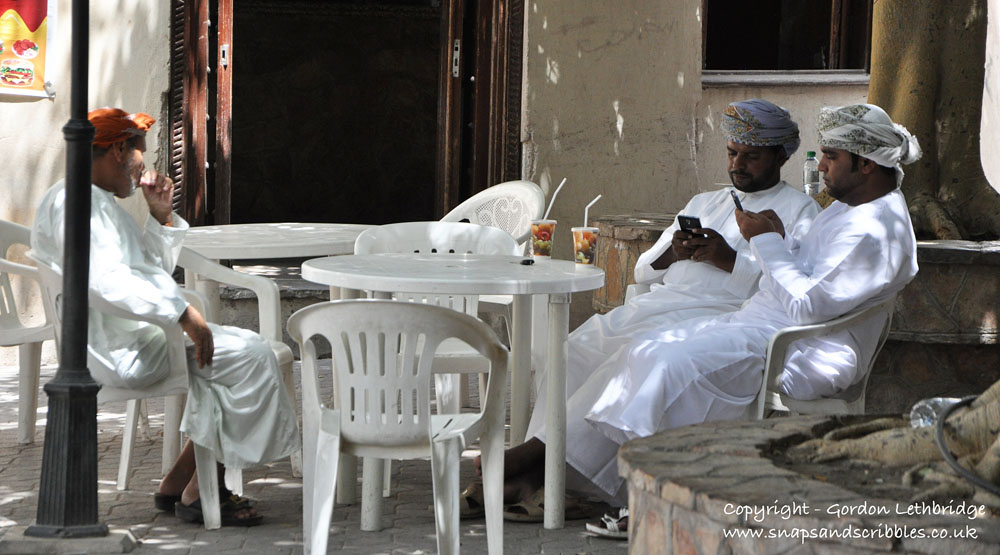
Nizwa is more than an hours drive into the interior of Oman and used to be the capital of the Sultanate during Portuguese times. It is most famous for its round fort. In the shadow of the fort is the Nizwa Souq.
To be more precise it is a collection of souqs each with a different function. As you approach from the main road there are three gates into the souq. One leads into the Goat or Livestock souq, the others into the Produce Souq and the Souq selling goods and pottery. The three are not delinated by any kind of boundary but are rather a collection of traders selling the same produce. The Goat Souq however is outside the old city walls.
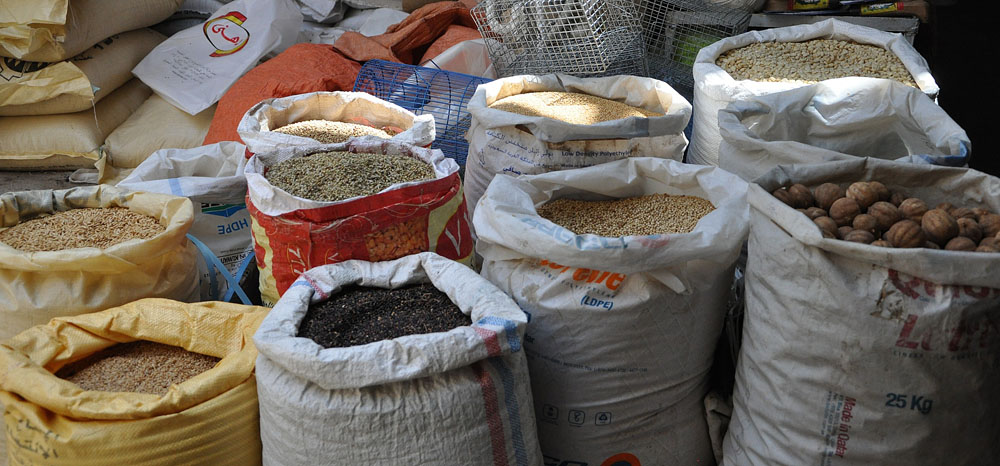
The best way to enter the souqs is through the old Spice Souq. Entered through a small gate under a spreading tree the wooden gate is itself several hundred years old. It is not easy to find but is just behind the coffee shop beside the main gate into Old Nizwa. It is hard to categorise this souq, despite its name, as there are shops in narrow alleyways and passages selling household goods, dried foodstuffs as well as spices. Once inside the souq it is difficut to move among the sacks of spices, nuts and herbs piled outside the shops.
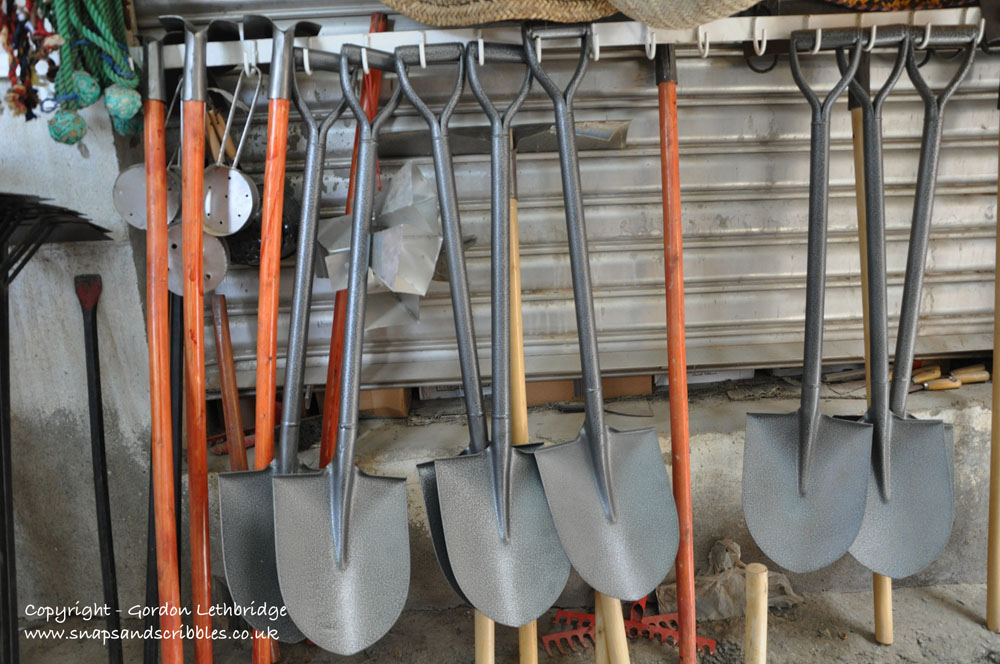
The all pervading aroma was of a mix of spices with a hint of dustiness that is ever present in the dry desert air around Nizwa. It is not only a place to buy dry food and packets but a vast array of household goods from kitchenware to ropes, from brooms to saucepans. Old men sat and chatted together; always keeping an eye out for prosective customers. Women fingered the produce to assure themselves of its quality. Life carried on as if the few camera toting tourists were all part of the scene.
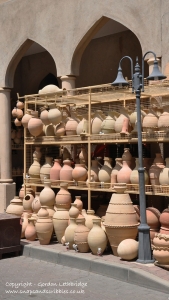
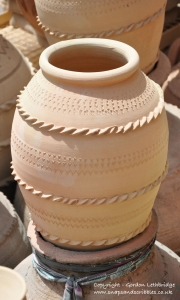
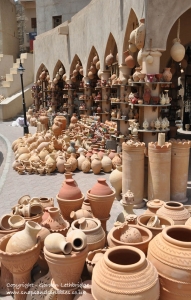
Reluctantly leaving the Spice Souq I entered the more open area of the three main souqs. The first sells pots, leather goods and trinkets. These are not the painted and decorated pots to tempt tourists to buy but the utilitrian ones used in everyday life at home. It is the same with the leather goods. Belts and shows are in abundance along with riding crops for both horse and camel. There were a few stalls with trinkets for visitors but among these you would find a stall selling the curved and ornate Omani knives. Most surprising of all was a gun shop. Arrayed on the wall were the old bolt action Remingtons and Winchesters along with boxes and boxes of ammunition. These were most definitely hunting rifles and not the AK47 of a nascent terror group.
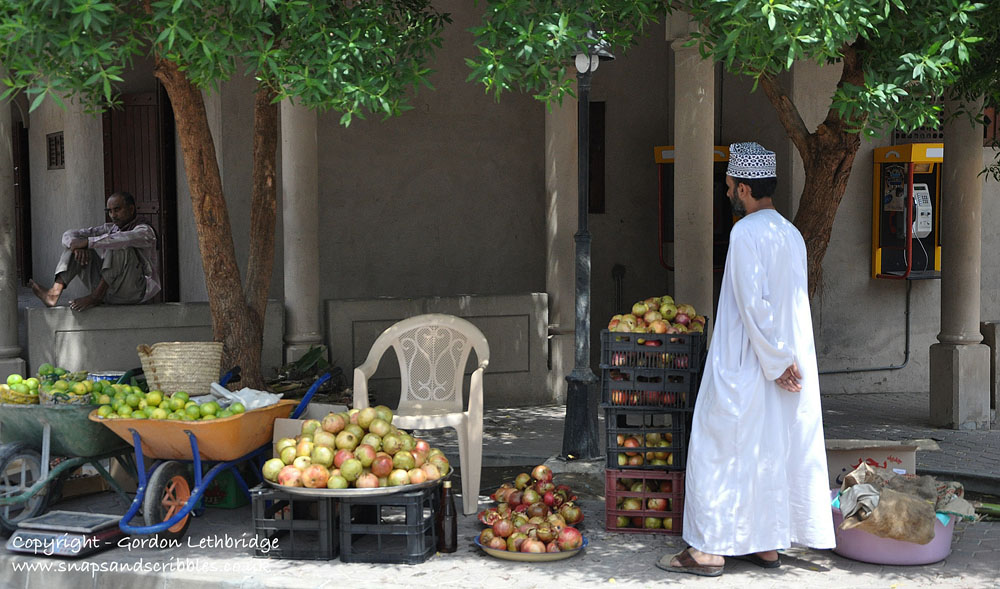
Beyond the pots, beneath two large mango trees sat traders selling fresh dates and pomegranates. This was the Produce Souq. It consisted of several smaller souqs. Butchers, bakers, fruit producers and vegetable growers each had a section of the souq from which to sell their wares. This was, along with the Goat Souq, the Omani equivalent of the European Farmers markets.
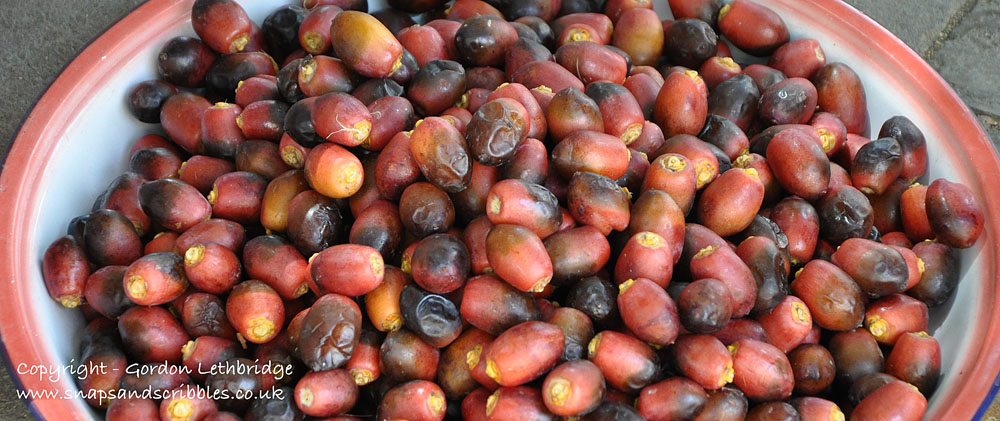
It was too late in the day to experience the Goat Souq in action. The herders would bring their animals as the sunrose and by mid morning when the sun was already raising temperatures well into the 30s all business would be complete. However on a previous visit to Nizwa I had seen the mass of humanity and livestock – goats, chickens – milling around. Dust rose above the animals; the stench was overpowering; the noise of haggling and the bleating and squawking of goats and chickens. Now it was silent, the smell not so bad and the dust had settled.
The two souqs, one in Muscat and one in Nizwa, could not have been more different. One thing remained the same was that they were both geuine and had been in their present location for centuries. Progress marches on in Muscat but the Omanis still prefer to shop in the souqs despite new superstores being built in the capital. They are friendly places to be; places to meet the hospitable Omanis and soak up the genuine culture not the one you so often meet that is designed to relieve the perceived rich tourists of their holiday pounds.
Links: Oman Air – www.omanair.com; Oman Tourism – www.omantourism.gov.om
Declaration: I travelled to Oman as a guest of Oman Tourism and Oman Air. However I value my editorial independence and will always write things as I see and experience them be it positive or negative. The views expressed in this post are entirely my own.
